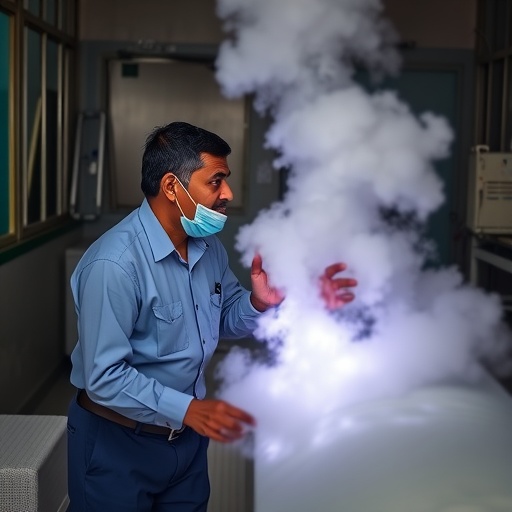TORONTO, July 27, 2016 – A team of Toronto scientists has found similarities in brain impairments in children with autism spectrum disorder, attention deficit hyperactivity disorder (ADHD) and obsessive compulsive disorder (OCD).
The study, published this month in the American Journal of Psychiatry, involved brain imaging of white matter in 200 children with autism, ADHD, OCD or no diagnosis. White matter is made up of bundles of nerve fibers that connect cell bodies across the brain, and enable communication between different brain regions.
"We found impairments in white matter in the main tract connecting the right and left hemispheres of the brain in children with either autism, ADHD or OCD, when compared to healthy children in the control group," says Dr. Stephanie Ameis, first author on the study and clinician-scientist at the Centre for Addiction and Mental Health's (CAMH's) Campbell Family Mental Health Research Institute. This particular white matter tract, the corpus callosum, is the largest in the brain and among the first to develop.
The research team, from CAMH, the Hospital for Sick Children and Holland Bloorview Kids Rehabilitation Hospital, also found children with autism and ADHD showed more severe impairments affecting more of the brain's white matter than those with OCD. This finding may reflect the fact that both autism and ADHD typically have an onset at a much younger age than OCD, and at a time when a number of different white matter tracts are going through rapid development, says Dr. Ameis.
Autism, ADHD and OCD have common symptoms and are linked by some of the same genes. Yet historically they have been studied as separate disorders. Together, these three neurodevelopmental disorders affect roughly 15 per cent of children and youth.
The study is part of a major Ontario initiative, the Province of Ontario Neurodevelopmental Disorders Network (POND) that is examining various childhood brain-related disorders collectively, to better understand their similarities and differences, and develop more effective and targeted therapies.
Brain-behavior link
Many of the behaviours that contribute to impairment in autism, ADHD, and OCD, such as attention problems or social difficulties, occur across these conditions, and differ in severity from person to person. The researchers found that the brain's white matter structure was associated with a spectrum of behavioral symptoms present across these diagnoses. Children with greater brain impairment also had higher impairments in functioning in daily life, regardless of their diagnosis, said Dr. Ameis, who is also appointed at the Hospital for Sick Children.
This finding has implications for our understanding of the nature of brain-related disorders, notes senior author Dr. Evdokia Anagnostou of Holland Bloorview Rehabilitation Hospital and head of the POND Network. By providing biological evidence that brain structure relates to a spectrum of behavioural symptoms that cut across different developmental conditions, it highlights the shared biology among such conditions. And it points to the potential that treatments targeting a spectrum of behaviours may be relevant for all three conditions.
This study, the first to be published using the POND Network's magnetic resonance imaging (MRI) data, was supported by the Ontario Brain Institute.
###
The Centre for Addiction and Mental Health (CAMH) is Canada's largest mental health and addiction teaching hospital and a world leading research centre in this field. CAMH combines clinical care, research, education, policy development and health promotion to help transform the lives of people affected by mental illness and addiction. CAMH is fully affiliated with the University of Toronto, and is a Pan American Health Organization/World Health Organization Collaborating Centre. For more information, please visit camh.ca or follow @CAMHresearch on Twitter.
Media Contact:
Kate Richards
Media Relations
Centre for Addiction and Mental Health (CAMH)
(416) 595-6015
[email protected]
Media Contact
Kate Richards
[email protected]
416-595-6015
@CAMHresearch
http://www.camh.ca




